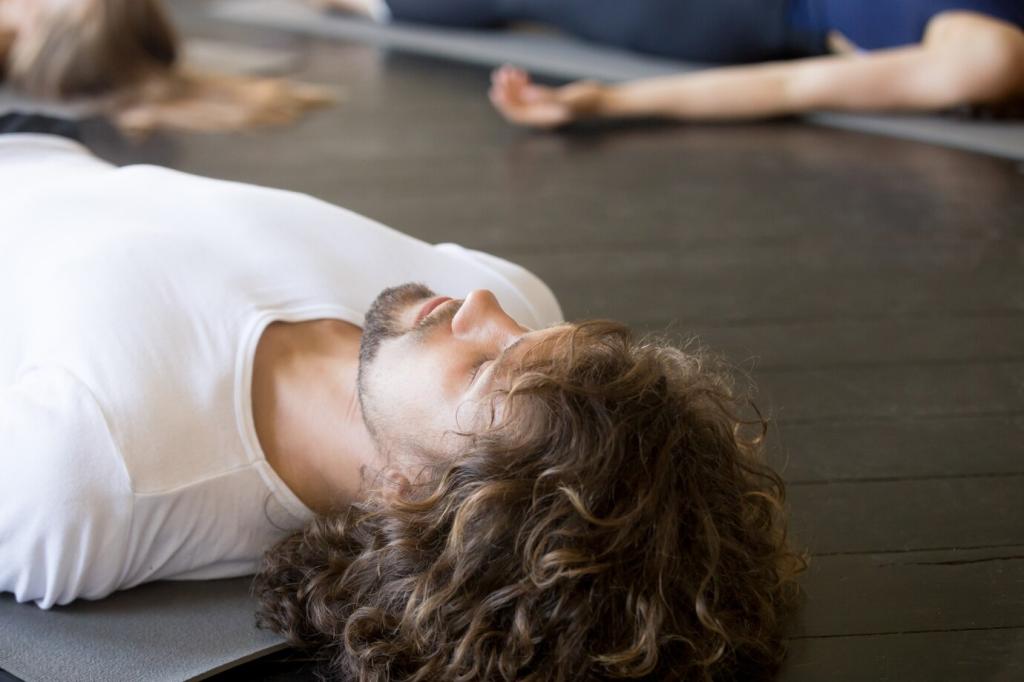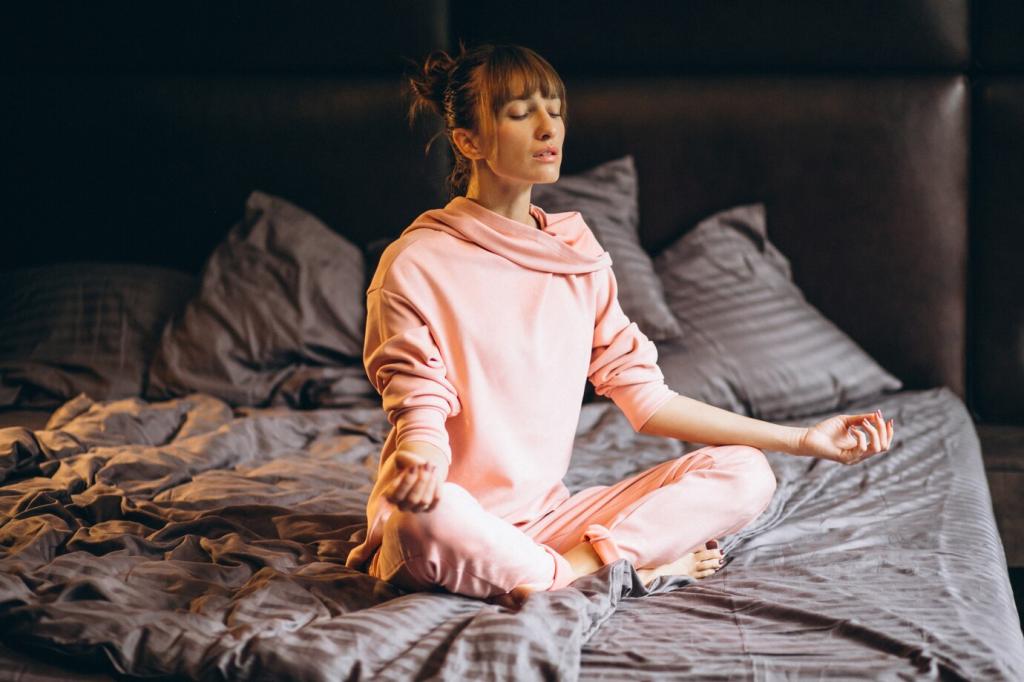What Progressive Muscle Relaxation Means for Athletes
Progressive Muscle Relaxation (PMR) guides you through gently tensing and then releasing targeted muscles, teaching your body to recognize and drop unnecessary tension. It’s athletic mindfulness for the body, dialing down stress while preserving strength and readiness.
What Progressive Muscle Relaxation Means for Athletes
Following hard sessions, residual bracing lingers in hips, calves, forearms, and jaw. PMR clears that clutter, improving circulation and mobility while helping your brain exit the fight-or-flight state. You finish the day calmer, sleep deeper, and wake up more prepared.
What Progressive Muscle Relaxation Means for Athletes
Use PMR on recovery days, before bed, or twenty to thirty minutes post-workout when the body is receptive. Before competition, keep sessions brief and gentle. Traveling? Practice in hotel rooms to counter stiffness and pre-event jitters. Comment with your favorite time.




